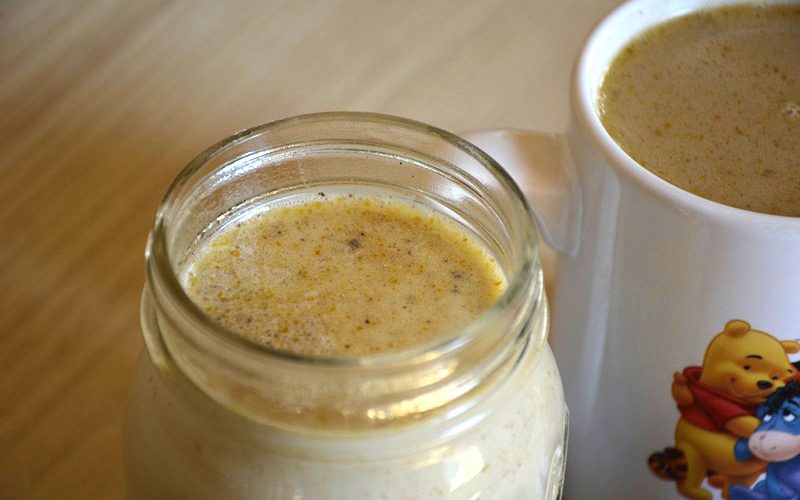Pumpkins add fun to food, drinks and decor
AMANDA BANCROFT
Making Ripples
It’s pumpkin time, and Halloween is almost here! We are celebrating the season a little differently this year due to covid-19, but there are still many ways to enjoy the weather and activities at home.
The fall craft fair at War Eagle Mill was canceled, so we missed our pumpkin and squash vendor who provided many years of fun selections for our home. However, we still enjoy miniature pumpkin-shaped potpourri from 2019’s fair. The potpourri is made from the dried peppers that grow on a species of plant from India called the Pumpkin Pepper (Capsicum annuum) whose seed pods resemble tiny pumpkins about the size of a thumb. When sprayed with the accompanying maple pecan oil, it smells like sweet autumn inside our 8-by-24 foot cabin. Gardeners might like to grow this plant themselves and dry the peppers for fall crafts.
I recently attempted to make homemade pumpkin spice lattes. This is less of a recipe than it is an experimental guide, but if you’re serious, there are plenty of recipes online for varieties of this popular fall drink.
 My efforts weren’t wasted, and the result was pretty tasty, although a bit too textured for my preferences. I combined half and half with canned pumpkin in the amount that would fill my glass storage jar when combined with regular brewed coffee dropped off by a friend. I added a tablespoon of butter, spoonfuls of sugar, and several dashes of cinnamon (but pumpkin spice is recommended, if you have it).
My efforts weren’t wasted, and the result was pretty tasty, although a bit too textured for my preferences. I combined half and half with canned pumpkin in the amount that would fill my glass storage jar when combined with regular brewed coffee dropped off by a friend. I added a tablespoon of butter, spoonfuls of sugar, and several dashes of cinnamon (but pumpkin spice is recommended, if you have it).
If you like yours extra sweet, milky or with extra pumpkin flavor, just keep combining until it tastes right. Let this mixture simmer over the stove for a few minutes, then add a teaspoon of vanilla. Last, pour in the coffee. It’s a ratio of about one third coffee to two thirds latte mix, for me.
Pumpkin-flavored baked goods are an excellent accompaniment to a pumpkin spice latte, and you get to control the amount of sugar added to both. Try replacing the applesauce in a recipe with canned pumpkin. This substitution worked well with my breakfast muffin recipe. Savory dishes can be just as much of a treat as dessert, so you might enjoy cooking pumpkin soup, chili, fries (similar to the sweet potato variety and great when paired with a spicy mayonnaise) or pumpkin curry in coconut milk.
Pumpkins are very nutritious fruits. Yes, pumpkins are scientifically classified as fruits, not vegetables: they belong in the same family as cucumbers, melons and squash. Specifically, pumpkins are winter squash and are considered berries because they grow on vines! They are a great source of Vitamin A and are low in calories, sodium and fat. Their seeds, which make delicious roasted and seasoned snacks, are a good source of protein, copper, magnesium and zinc.
We picked up a pumpkin outside the grocery store, although this was more expensive than usual, and it makes the cabin feel festive. Although we won’t be carving it or receiving trick-or-treaters in our rural neighborhood, you might have fun repurposing your jack-o-lanterns and pumpkin bowls of socially distant candy left on the porch. After your pumpkin has served its purpose scaring (or delighting) neighborhood kids, recycle it into a feeder by filling it with food for wildlife, like black oil sunflower seeds. Be creative with the shape and style of your feeder; it can be anything you want it to be!
Amanda Bancroft is a writer, artist, and naturalist living in an off-grid tiny house on Kessler Mountain. She and her husband Ryan blog about their adventures and offer tips to those wanting to make a difference at www.RipplesBlog.org.










